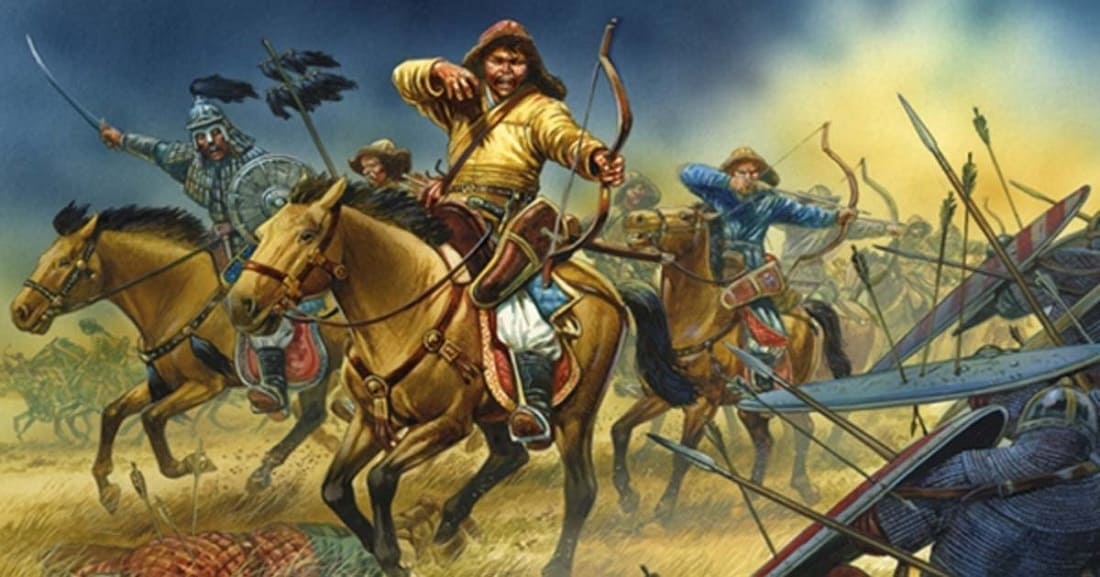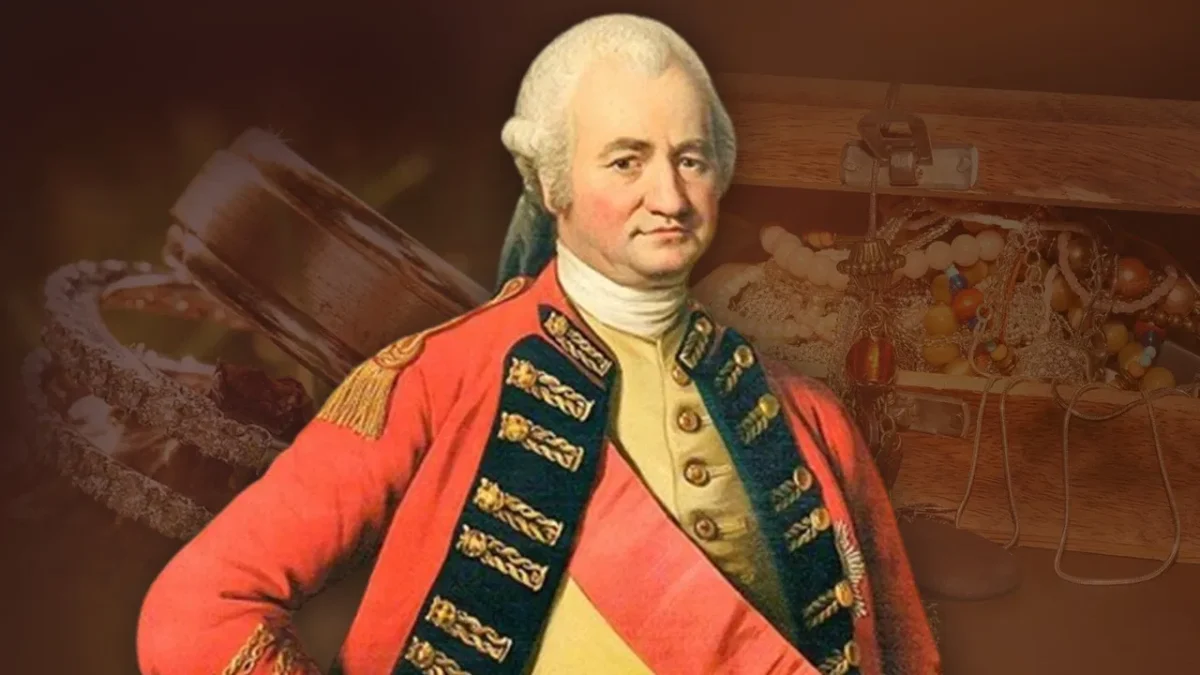
In the 13th and 14th centuries, the Mongols had the largest empire in the world. It extended from present-day northern China and Mongolia to Kazakhstan, Turkmenistan, Uzbekistan, Azerbaijan, Georgia, Moldova, Bulgaria and Ukraine.
The most famous Mongols empire ruler was the Chenggis Khan ( 1162-1227 ). He united all Mongol tribes. In his lifetime, he divided Eurasia among his four sons.
The Mongols empire economy was based on the idea of redistribution. The ruler used to obtain revenue, gift or war booty. The same was shared by the ruler right down to the hierarchy, from noble to humble servants.
Unlike other great empires, Mongols achievements have faded from memory. The reason may be that the Mongols empire was nomadic and hence has left behind no great cities. Mongol legacy lies in its ideas and practices – the importance attached to enterprises, trade and redistribution founded on justice and generosity.
The Black Death Plague from 1338-46 engulfed the Mongols empire territories. It was both a demographic and economic disaster for the horde. Thousands of people were killed. Agriculture and grazing suffered through neglect. The trade, carefully nurtured over a century, was critically damaged.
Trade was the backbone of the Mongols empire. As it declined, the empire lost its glory.
Forgotten – The Mongols Empire


